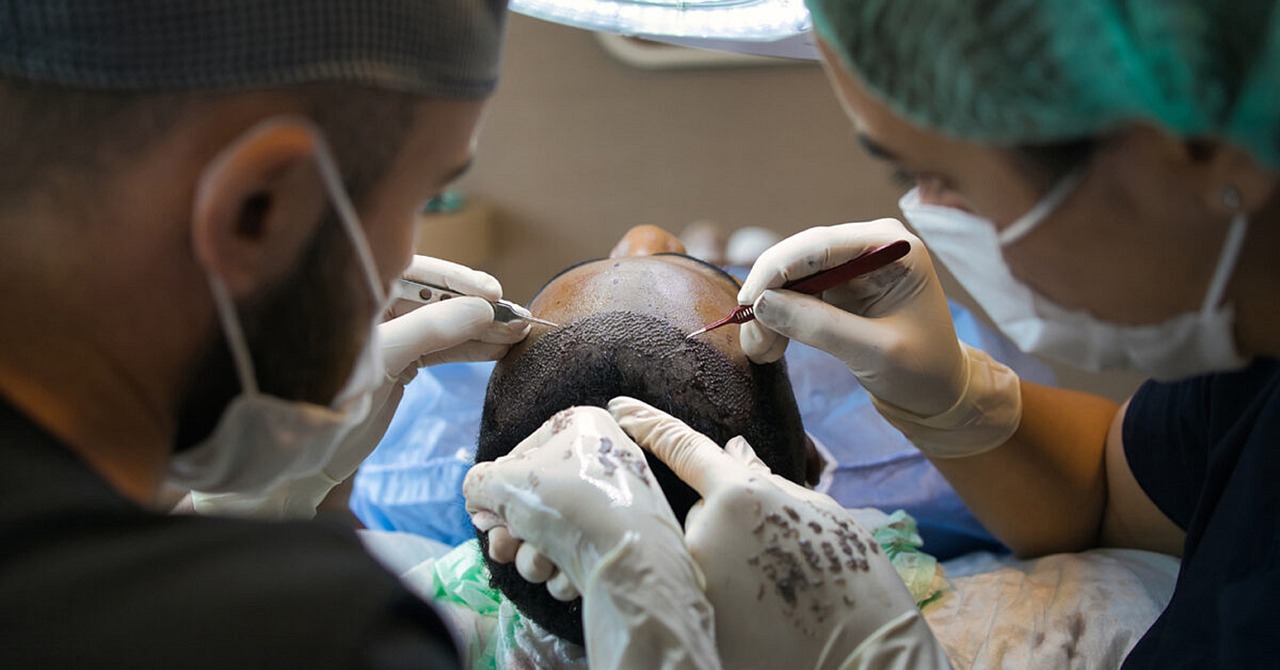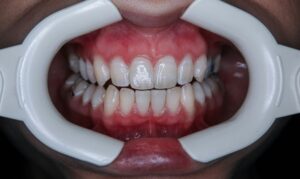Hair transplant surgery is a popular option for people experiencing hair loss, and it has evolved significantly in recent years. However, hair type and texture play a crucial role in how the procedure is planned, performed, and the outcomes achieved. Whether you have straight, wavy, curly, or coily hair, understanding how hair texture affects the transplant process can help you make an informed decision about the best approach for your specific needs.
In this article, we’ll explore how hair transplant works for patients with different hair textures, focusing on the key factors that influence results, and how surgeons tailor their techniques to each hair type.
1. Overview of Hair Transplant Techniques
Follicular Unit Extraction (FUE)
Follicular Unit Extraction (FUE) is a common method of hair transplant, where individual hair follicles are extracted from the donor area (usually the back or sides of the scalp) and implanted into the areas experiencing hair loss. This technique is popular because it leaves minimal scarring and allows for natural-looking results. For patients with different hair textures, FUE can be adapted to account for the unique characteristics of the hair, such as curl pattern or density.
Follicular Unit Transplantation (FUT)
Follicular Unit Transplantation (FUT), also known as strip harvesting, involves removing a strip of scalp tissue from the donor area and then dividing it into individual follicular units to be transplanted. This method is effective for people who need a large number of grafts. For individuals with curly or coily hair, FUT can sometimes be more suitable as it allows for the extraction of tightly packed follicles, although it may result in more noticeable scarring.
Both FUE and FUT are viable options for patients with various hair textures, but the approach to each technique is adjusted to accommodate specific hair types.
2. Hair Texture and Its Influence on Transplant Outcomes
Straight Hair
For patients with straight hair, hair transplant surgeons typically focus on creating density and natural flow. Straight hair is usually thinner and can make thinning or bald spots more noticeable. Because straight hair does not provide the same natural volume as curly or coily hair, more grafts may be required to achieve a fuller appearance. The surgeon also has to be precise in angling the hair follicles to ensure the most natural growth pattern.
Wavy Hair
Wavy hair tends to provide more coverage than straight hair due to its natural bends and curves, which can make areas of thinning less noticeable. Patients with wavy hair often require fewer grafts to achieve their desired density. However, the direction of the wavy hair’s growth needs to be carefully considered to ensure the transplanted hair blends seamlessly with the natural hair.
Curly Hair
Curly hair offers a significant advantage in hair transplants because its texture naturally creates the illusion of thicker hair, even with fewer follicles. However, curly hair also presents challenges in the extraction and implantation process. Curly hair follicles are typically curved or angled beneath the scalp, making them harder to extract without damaging the follicle. Skilled surgeons adjust their extraction methods to ensure that the curl pattern is maintained and that the hair grows naturally post-transplant.
Coily or Afro-Textured Hair
Coily or Afro-textured hair is the most challenging hair type for transplants due to the tight curl patterns both above and beneath the scalp. These follicles are deeply curved, making it more difficult to extract them intact during FUE. FUT is sometimes preferred for patients with coily hair because it allows for better preservation of these complex follicles. However, when performed by an experienced surgeon, FUE can also deliver excellent results for Afro-textured hair. The natural volume of coily hair means that fewer grafts may be needed to create a fuller look compared to other hair types.
3. Challenges and Considerations for Different Hair Textures
Curl Pattern Beneath the Scalp
One of the most significant challenges in transplanting curly or coily hair is the curl pattern beneath the scalp. Curly hair does not grow straight down like straight hair does—it has a corkscrew-like shape even at the follicular level. Surgeons must be adept at navigating this unique anatomy to ensure the hair follicles are not damaged during extraction, which could affect the success of the transplant.
Graft Survival and Placement
In patients with curly and coily hair, placing the grafts correctly is crucial to maintaining the natural curl pattern. Incorrect placement can lead to unnatural-looking growth or changes in the direction of the curls. Surgeons must carefully consider the angle and depth at which each graft is implanted to ensure that the hair continues to grow in its natural curl pattern, preserving the aesthetic appeal of the patient’s hair.
Skin and Scalp Differences
People with different hair textures often have different skin characteristics that can affect how their scalp heals after a transplant. For example, individuals with Afro-textured hair may be more prone to keloid scarring, a condition where the scar tissue grows excessively. Surgeons should be aware of these tendencies and use techniques that minimize scarring and promote healthy healing.
4. Tailoring the Transplant to the Patient’s Needs
Customized Extraction Techniques
For patients with curly or coily hair, surgeons may use specialized tools and techniques to safely extract follicles without damaging them. These techniques may involve using punches of different sizes or angles, or employing slower, more meticulous extraction processes to account for the hair’s unique shape beneath the skin.
Personalized Graft Placement
Proper graft placement is key to ensuring natural-looking results. For curly and coily hair types, surgeons must pay close attention to the natural direction of hair growth to ensure that the transplanted hair blends seamlessly with the surrounding hair. In some cases, the surgeon may need to adjust the depth or angle of each graft to accommodate the natural curl pattern.
Accounting for Density and Volume
Patients with different hair textures require varying numbers of grafts to achieve their desired look. Curly and coily hair provides more natural volume, so fewer grafts may be necessary to achieve a full appearance. In contrast, patients with straight or fine hair may need more grafts to reach the same level of fullness.
5. Post-Transplant Care and Recovery for Different Hair Types
Curly and Coily Hair Aftercare
After a hair transplant, the healing process can vary slightly depending on your hair type. For patients with curly or coily hair, special attention may need to be given to scalp care to prevent ingrown hairs, which can be more common with these hair textures. Gentle washing and moisturizing are crucial to prevent irritation as the hair begins to grow.
Protecting the Transplanted Area
Regardless of hair texture, protecting the scalp post-surgery is essential. Patients should avoid activities that could disrupt the healing process, such as vigorous washing, sun exposure, or wearing tight hats. Following the surgeon’s aftercare instructions helps ensure optimal results and minimizes the risk of complications like scarring or follicle damage.
Conclusion
Hair transplant surgery is an effective solution for patients with different hair textures, but it requires a personalized approach. Whether you have straight, wavy, curly, or coily hair, an experienced surgeon will tailor the extraction, grafting, and placement techniques to suit your specific hair type. Understanding the unique challenges and benefits associated with your hair texture can help you make an informed decision about the procedure. By working with a skilled professional who understands the intricacies of different hair types, you can achieve natural-looking results that restore both your hair and your confidence.




